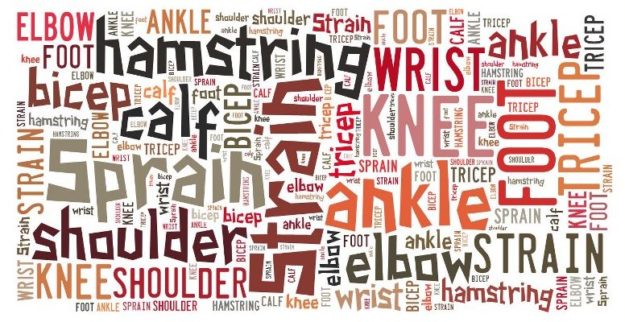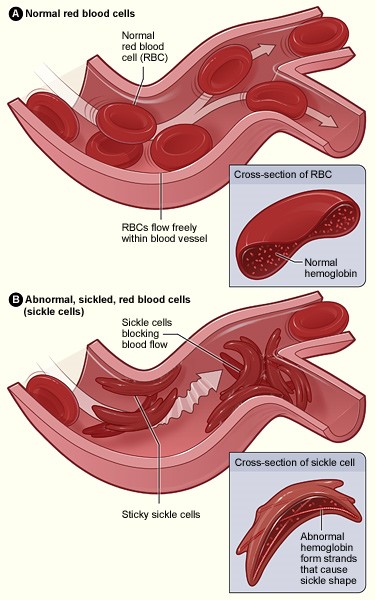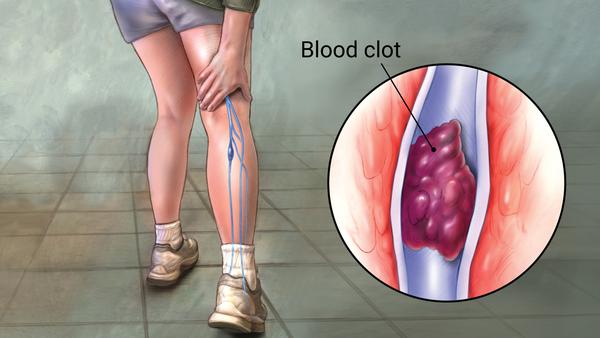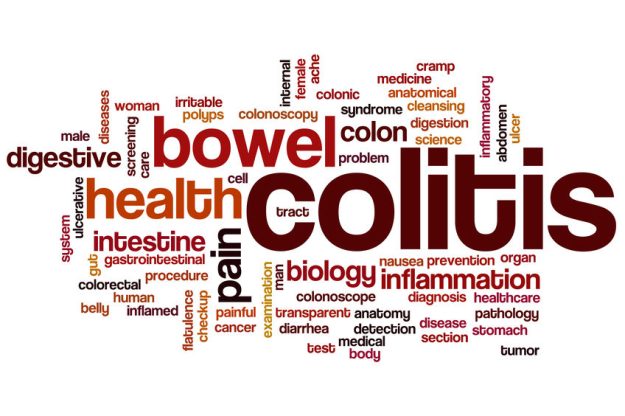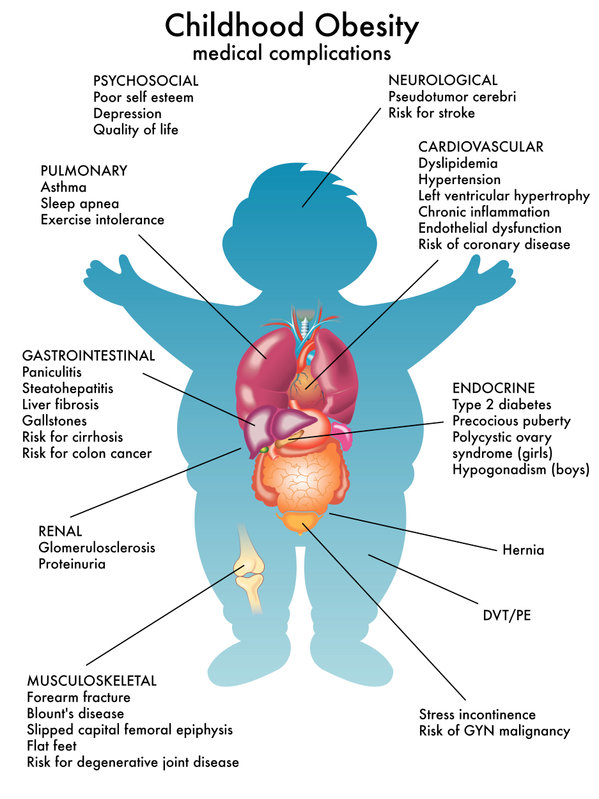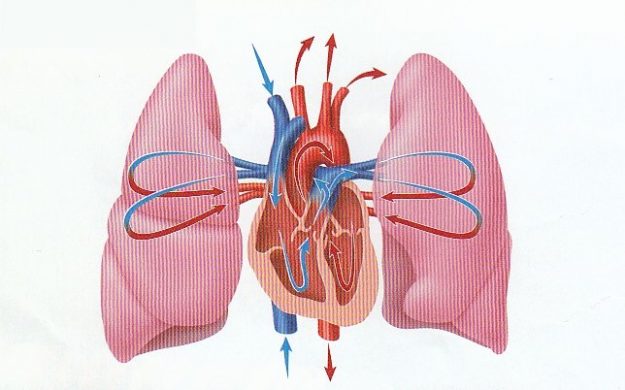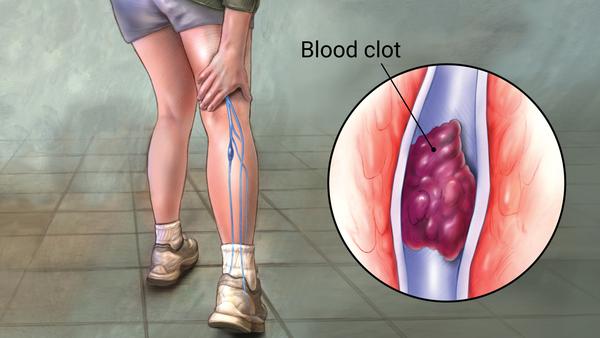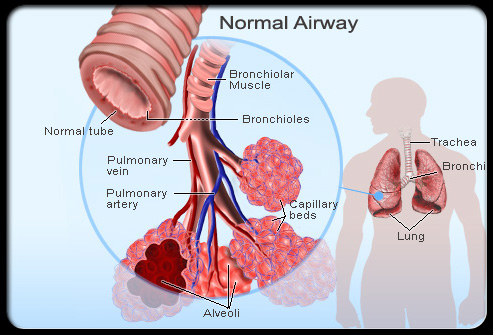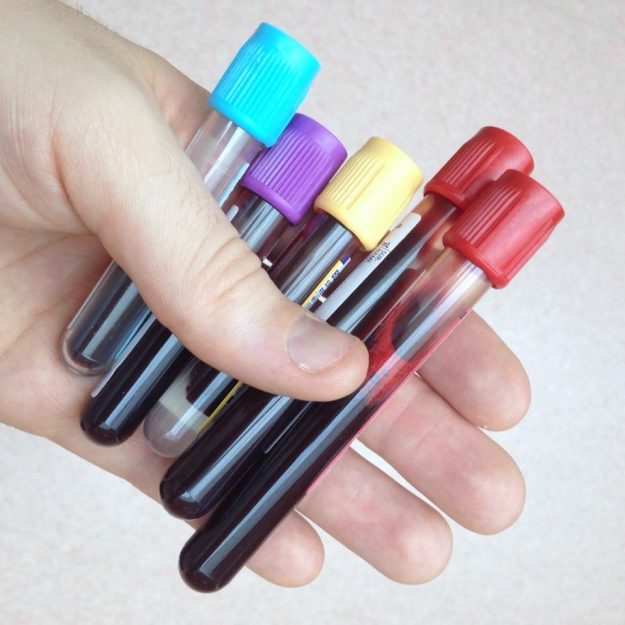Sprains and Strains for the Correctional Nurse 2.0 Continuing Education Hours In the correctional facility, patients often incur strain and sprain injuries as they work or are active on the rec yard. While most facilities have nursing protocols to care for these injuries, it is important for correctional nurses to be able to identify the…
Sickle Cell Disease for the Correctional Nurse 2.0 Continuing Education Hours Sickle Cell Disease is a genetic condition in which the protein that carries oxygen in the blood is misshapen. The result of this sickle-shaped hemoglobin is less oxygen to parts of the body, red blood cells getting “stuck” and occluding certain vascular areas, and…
Deep Vein Thrombosis and Pulmonary Embolism for the Correctional Nurse 2.0 Continuing Education Hours Deep vein thrombosis (DVT) is a serious condition that occurs when a blood clot forms in a deep vein. Typically, these clots form in the lower leg, thigh, or pelvis, but they can also occur in the upper extremities and abdomen.…
Inflammatory Bowel Disease for the Correctional Nurse 2.0 Continuing Education Hours Ulcerative Colitis and Crohn Disease are conditions known as Inflammatory Bowel Disease. They are very similar, yet have important differences. Patients with either of these diseases have significant challenges when placed in the correctional environment, where there is an inherent lack of privacy. Ulcerative…
Juvenile Obesity for the Correctional Nurse 2.0 Continuing Education Hours The rate of obesity for children and adolescents in the United States has risen significantly–from 14.5 percent to 17.3 percent overall, making it the most prevalent nutritional disorder among children and adolescents. Research suggests that 16-18% of American children and adolescents are obese, and another 21-24%…
Heart and Lung Auscultation for the Correctional Nurse 2.0 Continuing Education Hours Patient assessment/evaluation are critical skills for the correctional nurse. Often, the findings during patient evaluation determine the nursing “next steps”. Can the patient be treated using the Nursing Protocols/Guidelines or does the patient presentation require that a provider be notified? Abnormal findings such…
Anticoagulation for the Correctional Nurse 2.0 Continuing Education Hours In the United States today, anticoagulant therapy is prescribed for individuals who are at risk for deep vein thrombosis, pulmonary embolism and stroke due to atrial fibrillation. Historically, and even today, most patients with a blood clotting disorder are treated with warfarin and heparin. These medications…
Chronic Obstructive Pulmonary Disease for the Correctional Nurse 2.0 Continuing Education Hours Chronic Obstructive Pulmonary Disease (COPD ) is actually a group of diseases that cause a blockage in airflow and breathing. It includes chronic bronchitis, hyper-reactive airway disease and emphysema. Tobacco smoke is the main factor in the development and further progression of the…
Homeostasis and Electrolytes for the Correctional Nurse 2.0 Continuing Education Hours Homeostasis refers to the body’s ability to maintain a stable internal environment in spite of changes that are occurring externally. It is a healthy state that occurs through the constant adjustment of biochemical and physiological mechanisms, also known as the body’s dynamic equilibrium. Variables…
Laboratory Diagnostics for the Correctional Nurse 2.0 Continuing Education Hours Correctional nurses must obtain labs and conduct patient education regarding lab tests on a daily basis. Thus, it is very important that the nurse understands why the test is being ordered for their patient, any special preparation needed, and what the results indicate. This class…
